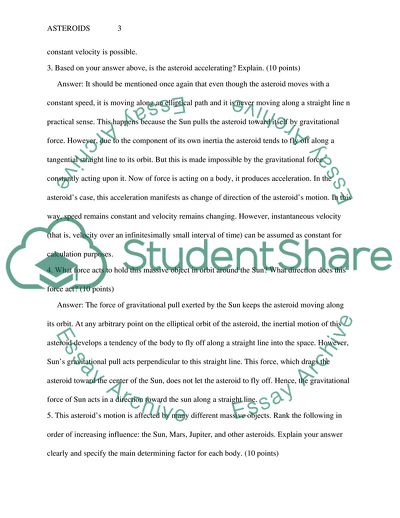Cite this document
(Asteroids Report Example | Topics and Well Written Essays - 3250 words, n.d.)
Asteroids Report Example | Topics and Well Written Essays - 3250 words. https://studentshare.org/physics/1806221-asteorids
Asteroids Report Example | Topics and Well Written Essays - 3250 words. https://studentshare.org/physics/1806221-asteorids
(Asteroids Report Example | Topics and Well Written Essays - 3250 Words)
Asteroids Report Example | Topics and Well Written Essays - 3250 Words. https://studentshare.org/physics/1806221-asteorids.
Asteroids Report Example | Topics and Well Written Essays - 3250 Words. https://studentshare.org/physics/1806221-asteorids.
“Asteroids Report Example | Topics and Well Written Essays - 3250 Words”. https://studentshare.org/physics/1806221-asteorids.


